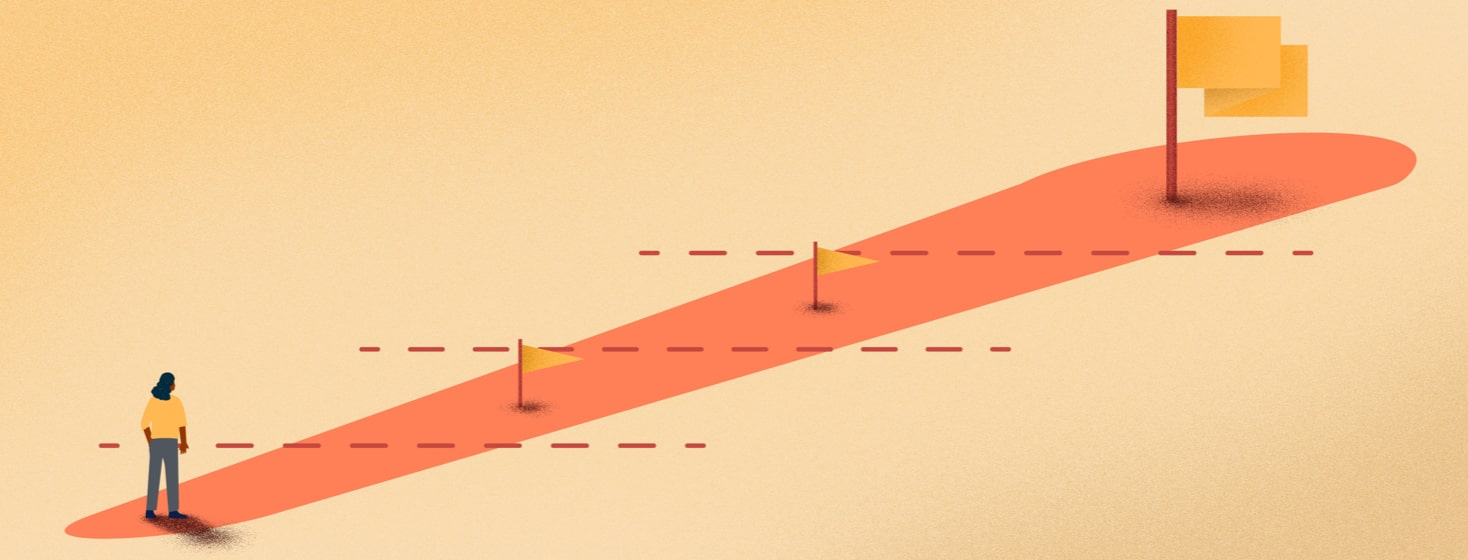How Goal Setting Can Help Us Self-Manage Chronic Illness
As a health coach most of my time is spent working with people on making positive behavior change. Following a diagnosis like AS, a lot of people look to improve their general health. It’s a way to take back some control and over time can have a measurable impact on disease activity.
Trying to create different habits when you’re depleted and in pain can feel overwhelming. You might be interested in changing your diet or starting an exercise program, but how do you know where to start?
The biggest mistake we make in those moments is thinking too big. It’s human nature to be attracted to large-scale transformation (it’s why those home renovation shows on TV are so popular!) but it’s not an approach that often works when making lifestyle change.
Let’s look at an example
It’s really common for people with AS to be told by their doctors to try and exercise. There’s no question; keeping moving is linked to better outcomes with AS. It’s also an incredibly overwhelming instruction to give someone who is in pain and fearful of making that pain worse.
Broad goals like “I’m going to start exercising” are big and unwieldy and often paralyze us into doing nothing. Such an open ended statement gives no clear direction on what comes next, so it’s most likely to remain an idea rather than a new behavior.
Goals have to be whittled down to tiny, doable steps
Smaller steps allow us to have a better chance at succeeding with change.
You might be surprised by how small those individual goals need to be. An ideal first step might be to write a list of ideas on the type of movement you want to try. Step two might be to check out the step-counter app on your phone. Step three might be to start walking to the letterbox and back twice a day.
Rather than setting goals we are likely to fail, these tiny goals need to be actions we are fairly certain to complete successfully. The success breeds confidence and tells our brain “you can do this!” Bit by bit, building over time, the larger goal becomes reality.
Featured Forum
View all responsesFinding the bigger picture
Another important aspect around goal setting is to attach some big-picture meaning and context.
Any change in relation to AS is largely because we want to get out of pain and stay that way. It’s helpful to think more deeply about why that is our desired outcome. What is the pain robbing us of? What version of life do we want to get back to? Who do we want to be here for in the years to come?
Giving the “why” behind our goal some considered thought and attaching emotion to it is at the root of our motivation. It’s what keeps us going on those days when the new habits feel hard.
When its raining outside or our walking buddy has called in sick, this is what helps keep us on track. Whatever it is you’re wanting to try and do differently in support of your wellbeing, I’d encourage to try these different ways of approaching change. And when you succeed in creating some new supportive habits, make sure you find a way to celebrate!

Join the conversation